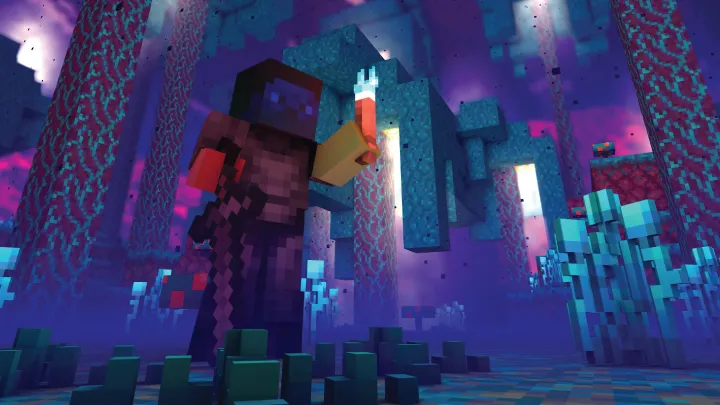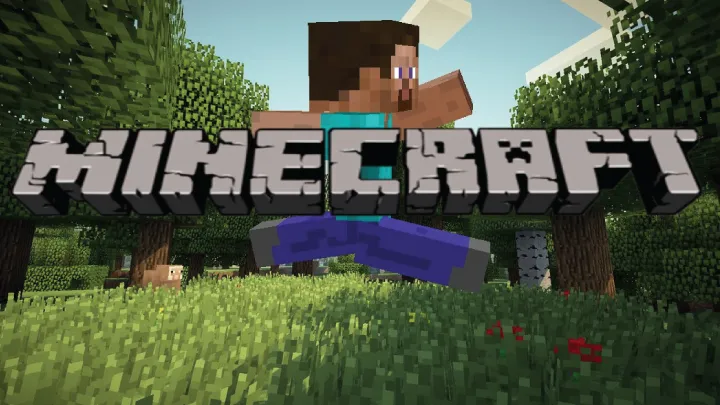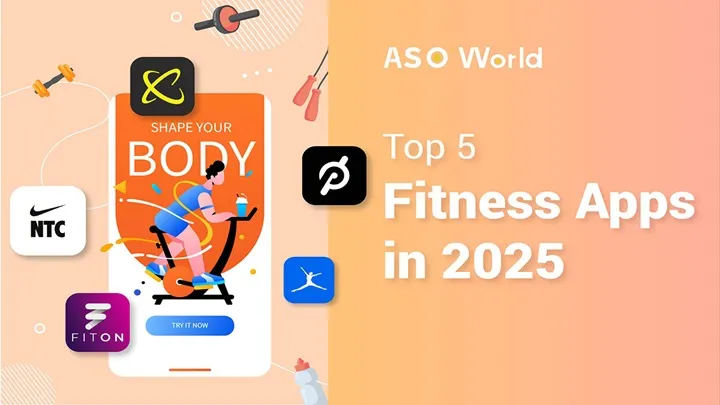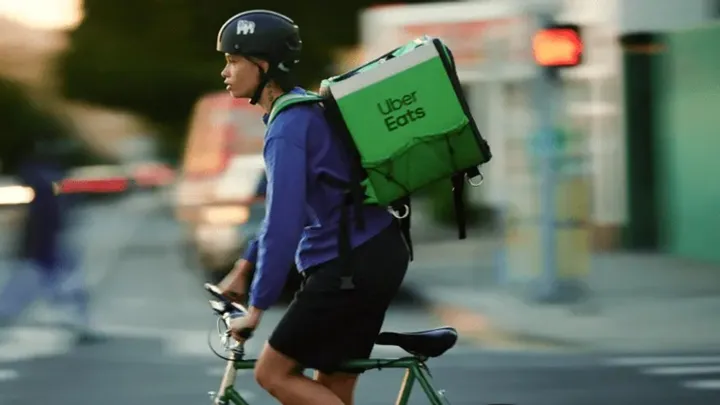BeamNG.drive is not a racing game; it is a simulation. It is a meticulous, complex, and astonishingly realistic exploration of soft-body physics. To the casual observer, it might look like a simple car crash simulator, but to the connoisseur, it is a scientific instrument, a canvas for engineering marvels and catastrophic failures. This guide is your key to mastering this digital sandbox. We will move beyond the simple joy of high-speed collisions and delve into the advanced mechanics that define the BeamNG.drive experience. This is your blueprint for understanding, controlling, and manipulating the very fabric of its simulated reality.

Part 1: The Core Principles of Soft-Body Physics
The fundamental truth of BeamNG.drive is that every single vehicle is a collection of interconnected nodes and beams. These digital components stretch, bend, and break in real-time, dictating every aspect of the vehicle's behavior. An expert understands that this isn't just a visual effect; it's the underlying engine of the simulation.
1. The Node and Beam Mindset:
- Nodes: Think of these as the joints of the vehicle's skeleton. They are the anchor points for every component.
- Beams: These are the bones. They connect the nodes and define the structural integrity.
- Deformation and Stress: When a force is applied (e.g., a collision), the beams deform and transfer stress to the nodes. An expert knows that a direct hit to a single node can cause a chain reaction, leading to catastrophic failure of the entire structure.
2. The Impact of Weight and Mass:
- In a typical racing game, weight is a simple variable. In BeamNG.drive, mass is distributed realistically. A heavy engine block in the front of a car will affect handling and cause more damage in a frontal collision than a lighter component.
- Mass-to-Power Ratio: A true expert doesn't just look at horsepower; they consider the mass-to-power ratio. A lighter car with less horsepower can be more agile and responsive than a heavy car with a more powerful engine.
Part 2: Advanced Driving and Handling
Driving in BeamNG.drive is a different discipline than in other games. It requires a nuanced understanding of traction, suspension, and power delivery.
1. Mastering the Wheel:
- Wheel Cam and Suspension: The expert uses the wheel camera to observe the car's suspension in real-time. By watching how the wheels and shocks react to the terrain, you can anticipate how the car will handle and adjust your speed and steering accordingly.
- Throttle and Brake Control: This is not a binary input. A master uses partial throttle to manage traction on loose surfaces and feather the brakes to avoid lock-up, preserving control.
2. Off-Road and Technical Driving:
- Low Range and Differential Locks: When off-roading, a novice just floors the gas. An expert knows when to engage the low-range gearbox for more torque and when to lock the differentials to ensure power is delivered equally to all wheels, preventing a loss of traction.
- The Art of the Crawl: In a rock crawling scenario, the expert doesn't rush. They use a slow, steady pace, carefully navigating obstacles to avoid high-impact damage to the undercarriage.
Part 3: The Science of Destruction and Experimentation
The real heart of BeamNG.drive is not just driving; it's pushing the limits of its physics engine. An expert approaches this not with a mindset of simple destruction, but with a scientific method.
1. Controlled Experimentation:
- Replicate and Study: Pick a specific scenario—a head-on collision, a rollover, a high-speed jump—and replicate it multiple times with different variables. Change the car, the speed, the angle of impact.
- The Slow-Motion Feature: The slow-motion mode is your lab microscope. Use it to observe the precise moment of impact, the way the chassis crumples, the glass shatters, and the components detach. Analyze the stress points and the paths of energy transfer.
2. The "Break Everything" Mindset:
- Jato Thrusters: These are not just for fun. An expert uses them to test the limits of aerodynamic stability and the structural integrity of a car at absurd speeds.
- The "Weightless" Environment: The "weightless" environment is a powerful tool. It allows you to study how vehicles behave without the influence of gravity, revealing the pure deformation mechanics of the soft-body physics.
3. Advanced Vehicle Modification:
- Modding the J-Beam: The truly advanced player goes beyond the in-game parts menu. They dive into the vehicle's jbeam file, a text-based file that defines the nodes and beams. By manipulating this file, you can create a car with an indestructible frame, a hyper-flexible chassis, or even a vehicle that can contort itself in impossible ways.
Part 4: Scenarios and Role-Playing
BeamNG.drive offers a world of scenarios, from high-speed police chases to intricate cargo delivery. An expert knows that these are not just missions; they are opportunities to apply their advanced knowledge.
1. The Pursuit Master:
- AI Manipulation: In a police chase scenario, an expert doesn't just try to outrun the AI. They use their knowledge of physics to outwit it. Force the AI to take a turn at a speed that will cause it to spin out, or lure it into a trap.
- Strategic Damage: Don't just ram the opponent. Aim for key areas like the front wheels to disable steering or the engine to cause overheating and a loss of power.
2. The Cargo Delivery Specialist:
- The Unseen Challenge: A cargo delivery mission is a test of delicate control. An expert knows that every bump and every sharp turn puts stress on the cargo. They drive with smooth, calculated movements, avoiding any sudden maneuvers that could lead to a disastrous spill.

Conclusion: The BeamNG.drive Architect
BeamNG.drive is a masterpiece of simulation, a game where the most rewarding experiences are found not in the destination, but in the journey of discovery. The true master is not defined by their fastest lap time or their most spectacular crash, but by their understanding of the complex ballet of nodes and beams, the silent language of stress and deformation. By embracing these principles, you will move beyond the simple act of driving and become an architect of physics, a true connoisseur of digital reality.

















